Post Type Description
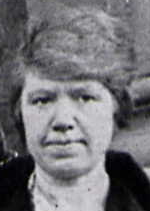
Research courtesy of Julia Bachrach Consulting.
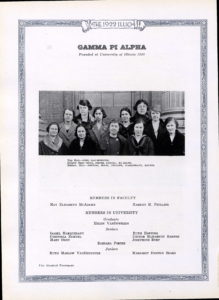
May Elizabeth McAdams as Faculty at the University of Illinois, 1922.
Dorothy Turck Hill Luigi Louise Mumford Fran Caldwell Bernice Ropiequet Goedde Pao-Chi Chang Nancy Ann Abshire
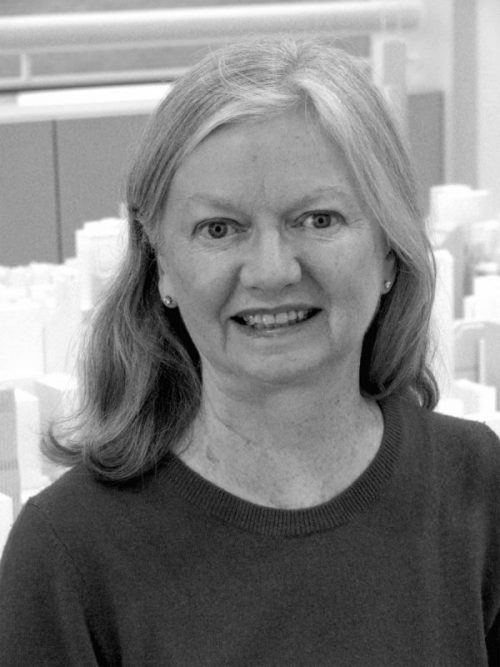 Lillian Leenhouts
Marion Mahony Griffin
Lillian Leenhouts
Marion Mahony Griffin
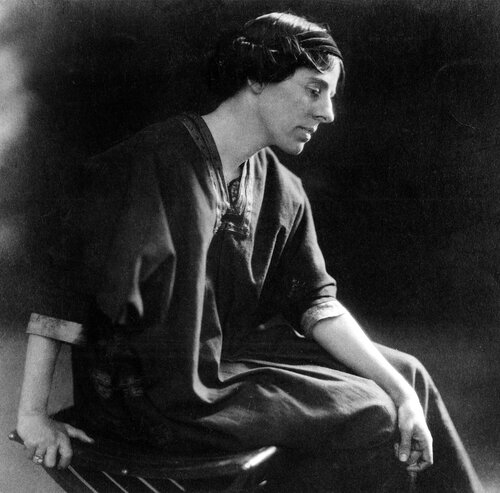 Edith Rockefeller McCormick
Edith Rockefeller McCormick
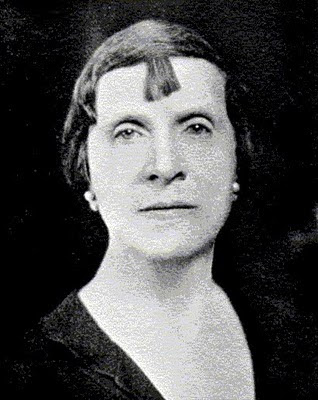
A prominent socialite and one of Chicago’s wealthiest women, Edith Rockefeller McCormick (1872-1932), became a real estate developer in the 1920s. Born in Cleveland, Ohio, she was the daughter of oil magnate, J.D. Rockefeller, and his wife Laura Spelman Rockefeller. Edith married Harold Fowler McCormick who was son of the founder of McCormick Harvesting Company of Chicago. The couple had an impressive mansion on Lake Shore Drive in Chicago and a summer estate in Lake Forest called Villa Turicum. Edith and Harold were social leaders and generous philanthropists. They helped establish an opera company in Chicago and donated land to the Cook County Forest Preserves that would become the Brookfield Zoo. But despite living a life of privilege, Edith suffered from panic attacks and depression. In 1913, she began spending extensive periods in Switzerland, receiving treatment from the famous psychoanalyst Carl Jung. Edith also became a Jungian analyst, treating patients abroad and in the U.S. During her frequent trips to Switzerland, Edith became close with Edwin Dismas Krenn (1892- 1965), a charming and much younger Viennese man who claimed to be an architect. In 1921, Edith Rockefeller McCormick brought Edwin Krenn with her when she returned to Chicago. (Although Edith and Harold McCormick divorced later that year, it is doubtful that she had a romantic relationship with Krenn.) Krenn had an old school friend from Zurich, Edward A. Dato (1889-1864), a Russian Jewish immigrant, who had been working as an engineer for International Harvester since arriving in Chicago. With Krenn’s encouragement, Edith formed an entity called for Mrs. Rockefeller McCormick Properties, with Krenn & Dato as the exclusive agents for the firm. (While each of the former classmates had pooled $2,000 to launch their real estate business, Mrs. McCormick paid Krenn’s share of the start-up money.) Mrs. McCormick established her real estate trust with $5 million of Standard Oil securities. As agents to the trust, Krenn & Dato became Mrs. McCormick’s business partners. The trio played various roles in a range of real estate projects. When Edith Rockefeller McCormick and Krenn & Dato first began developing properties together, they focused on providing affordable middle-class housing. They bought thousands of acres in largely undeveloped suburbs of Chicago including Skokie where they developed the Devonshire Manor Subdivision and Meadow Lane Garden Apartments. Also with EdithÕs backing, Krenn & Dato developed the 200-acre Highlands subdivision of Highland Park. Over the next several years, affordable housing became less of a focus. The partners took on increasingly lucrative projects such as luxury apartments and high-end neighborhoods in Chicago and the suburbs. According to_ The Rockefeller Women: Dynasty of Piety, Privacy, and Service, _ÒKrenn & Dato became one of the nation’s largest subdividers, with more than sixteen thousand Chicagoans purchasing lots worth over $28 million from the firm. Their luxury apartment projects included 3520-3530 North Lake Shore Drive and 3300 North Lake Shore Drive, both of which were designed by architects Rissman & Hirschfeld. Edith Rockefeller McCormick was working with Krenn & Dato to create a utopian community in Wisconsin called Edithton. When she died in 1932, she was bankrupt. As explained by Andrea Friederici Ross, author of Edith: The Rogue Rockefeller McCormick. Although many of her lofty plans never came to be, she left a grand legacy of homes and stories from the North Shore to the city and beyond. (Please credit this research and the content of Edith McCormick’s entry to Julia Bachrach of Julia Bachrach Consulting.)
